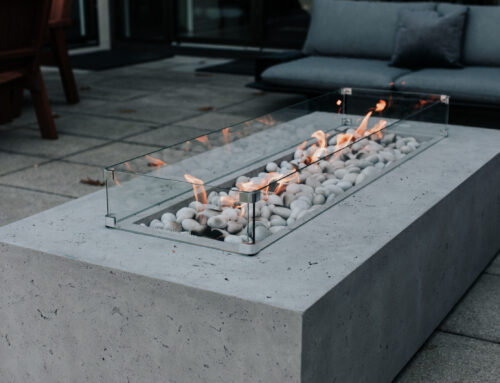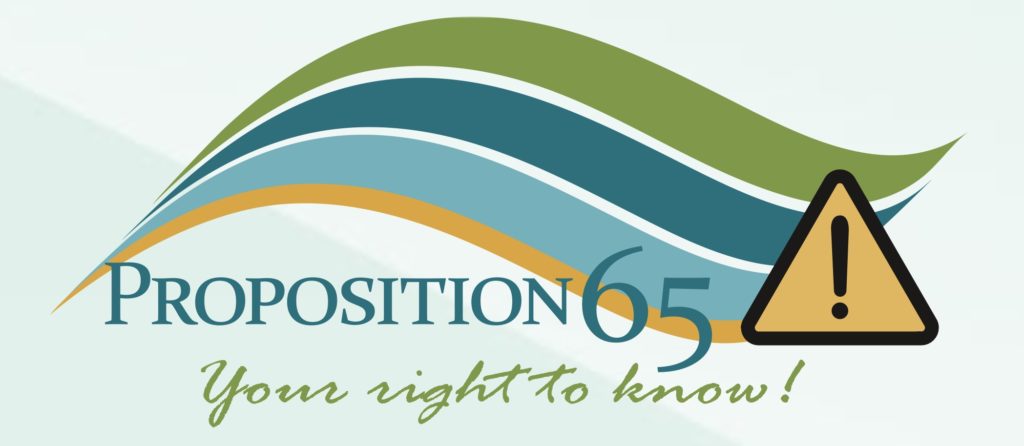
As more residential and commercial establishments embrace outdoor living, the opportunity for increased gas fire feature sales is bringing more and more equipment providers to the market. Not all manufactures uphold the same industry standards. In fact, to gain a foothold with dealers, distributors, and specifiers, some of these manufacturers are cutting safety corners to lower price to increase their sales.
So, with such a saturated market how can consumers dealers and distributors ensure that the gas fire features that they buy are safe and reliable? Simple, leave it to the HPC Fire Inspired experts and always select a CSA/UL listed, tested, and fully assembled fire pit appliance. In this Tech Talk, HPC wants educate buyers and distributors, helping them to be discerning. Here is what consumers and distributors need to know what to look for in manufactures and outdoor fire designs from the point of production to installation.
FIRE FEATURE SAFETY STANDARDS & The EXPERTS WHO TEST FOR THEM
There is only one standard that ensures a fire feature has been thoroughly tested by an accredited testing laboratory to meet specified safety and performance requirements. Frequently referred to as a harmonized standard, it is CSA 2.41-2017 (Canada)/ANSI Z21.97-2017 (US), outdoor decorative gas appliances.
The standard was developed by the Canadian Standards Association (CSA) and overseen by the American National Standards Institute (ANSI). It covers a wide range of topics in the areas of construction, performance, and testing: including key subjects such as, electrical equipment and wiring, thermostats, gas appliance pressure regulators, and test pressures and burner adjustments.
THE DIFFERENCE BETWEEN CSA CERTIFIED AND “TESTED IN COMPLIANCE”
There are many companies that say their products are “tested in compliance” with the ANSI Z21.97-2014 standard, which means that they have not been certified by the CSA organization and cannot carry the C/CUS marks. This is a problem for the following reasons:
• A fire feature that has not been properly tested and certified may pose a greater risk of malfunctioning, causing harm to users and their guests
• Should a non-certified fire feature malfunction, causing damage to the user’s or surrounding property, insurance companies will deny the claim. This shifts the burden of out-of-pocket costs to the owner of the non-certified fire feature.
The C/CUS mark on a fire pit means it has been tested to and meets the approved safety standard, creating dealer, consumer and inspector confidence.
WHAT TO LOOK FOR IN A MANUFACTUER
With the increase in fire feature manufacturers, it has become increasingly important to know who is producing the fire pits to being sold, installed, and specified. Fire pit safety starts at the factory, where the procedures and processes ensure that the finished fire pit will meet approved safety standards. In addition to offering CSA certified or UL listed fire features, manufacturers should remain in compliance with the following standards:
• Use CSA certified components
• Appliance assembly exclusively in the U.S.
• Use domestically sourced metals and materials
• Provide dedicated in-house engineering and testing to verify performance and
• compliance of a product line or design
• Test each product for compliance before shipment
• Have a team of NFI Certified specialists
• Offer a lifetime warranty on any of its components, reflecting a commitment to
• safety and quality.
FOR SAFE INSTALLATION, INSIST ON NFI CERTIFIED TECHNICIANS
The National Fireplace Institute® (NFI) is the professional certification division of the Hearth, Patio & Barbecue Education Foundation (HPBEF), a 501©3 non-profit educational organization for the hearth industry. The goal of NFI is to increase public safety by establishing meaningful credentials for professionals involved in planning and installing residential hearth appliances and venting systems. Individuals who have completed the proper training and testing are then NFI Certified.
According to the NFI website, NFI Certified specialists have been educated, tested and proven knowledgeable in the following areas:
• Combustion
• Heat and heat protection
• Safety guidelines, consequences of action
• Construction fundamentals
• Installation regulations and instructions
• Fuel delivery
• Appliance requirements
• Draft and ventilation principles
• Venting requirements
• Post installation inspection and service
The positives of being NFI Certified extend throughout the hearth industry. Building officials prefer working with certified contractors who have demonstrated their commitment to professional excellence; Manufacturers prefer qualified installers because it means their products are more likely to be installed correctly; and consumers feel more confident hiring certified specialists because of their experience and knowledge.
As consumers increasingly take their indoor activities outdoors, more and more outdoor gas fire features are being installed in residential and commercial locations. Equipment providers are on the rise, many of whom are offering lower-priced products manufactured overseas that don’t meet the harmonized safety standard for outdoor decorative gas appliances. To protect users and avoid financial risk, those who buy, specify, and sell outdoor gas fire features should insist on CSA-certified/UL-listed products manufactured, tested and certified to the harmonized standard. In addition, it is important to look carefully at fire feature manufacturers, selecting those with a proven record of accomplishment of safety and a commitment to the highest quality standards.





